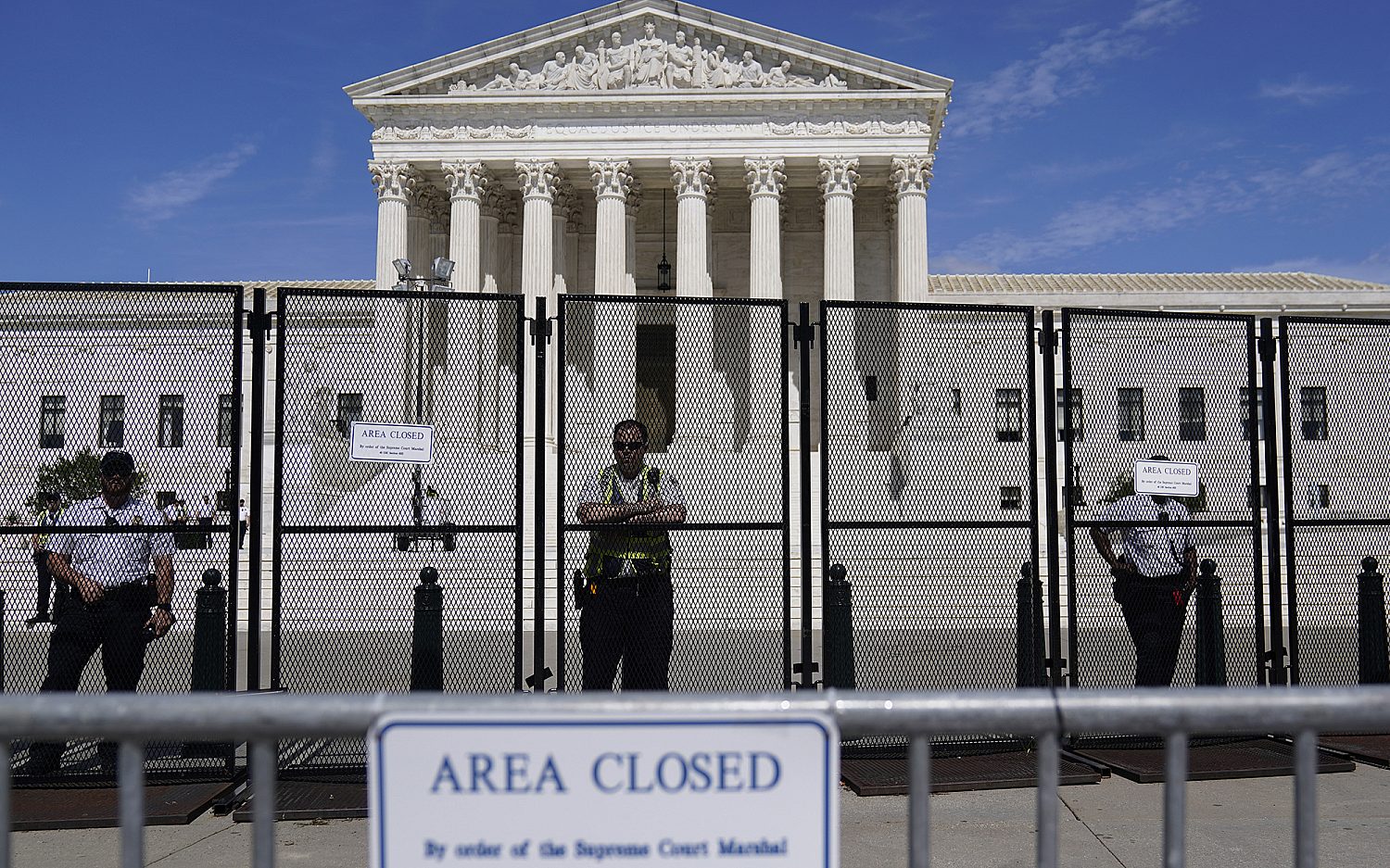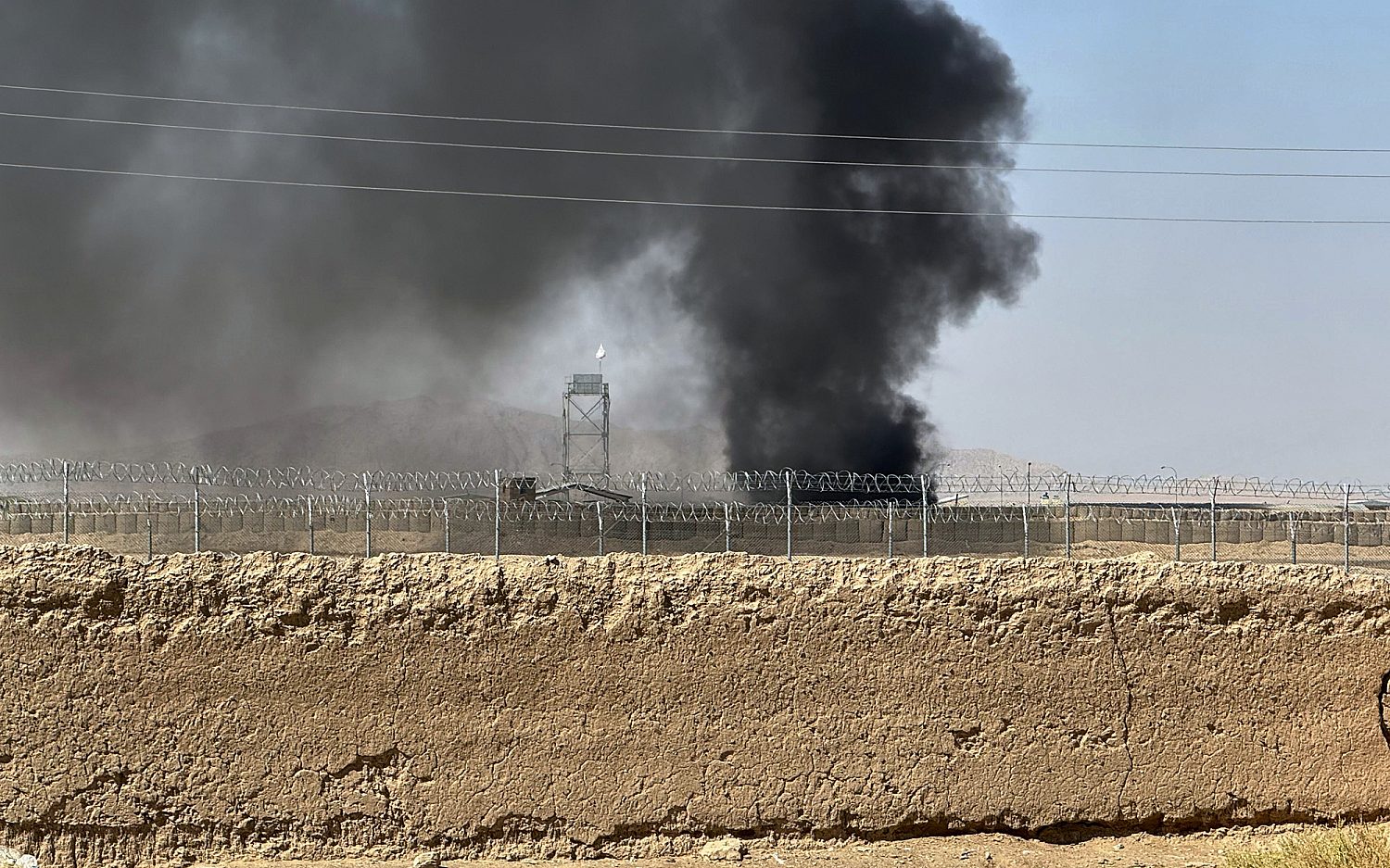Sea crossings by African migrants surge in 2017
Instability in Libya is fueling the crisis
Since Jan. 1, more than 16,000 migrants and refugees crossed the Mediterranean Sea and entered Europe, the majority of them following the route from Libya to Italy, the International Organization for Migration (IOM) said. Political instability in Libya has contributed to migrant deaths and abuses, aid agencies say.
IOM’s data, which runs from Jan. 1 to Feb 26, shows that 16,775 migrants arrived in Europe across the different sea routes, 80 percent of them through the Libya-Italy corridor, known as the Central Mediterranean route. Some 8,981 migrants followed that route in the first two months of 2016, compared to 13,457 in the same timeframe this year.
In the 2016 fiscal year, the United States set the refugee admissions cap at 85,000. Refugees following the Central Mediterranean route alone could almost fill the quota if the arrivals continue at the same rate.
An average of 12 migrants died each day at sea, the report said, and the numbers could worsen as the weather improves and migration activity increases. A total of 444 migrants have died along the Central Mediterranean route so far this year, the IOM said.
The Central Mediterranean route also proved to be the most deadly last year, accounting for about 5,000 deaths. Christine Petré, spokeswoman with IOM Libya, told me that while rescue workers are reporting more rescue efforts and deaths this year, more people are also traveling this winter compared to past winters. Migrants travel more in groups during the winter because many set on the journey once the weather clears a little, she said.
“We can hear nothing for, for example, five to seven days, but then we can suddenly hear of several rescues in one to two days,” Petré said.
Last week, the Red Crescent in Libya reported 13 migrants suffocated inside a shipping container headed for Europe. Some 105 migrants disappeared in a shipwreck on Feb. 22, IOM said. Rescue workers said 13 bodies from the shipwreck washed ashore in Al Khums, a Libyan port city.
Libya descended into crisis in 2011 after NATO-backed rebels overthrew and killed longtime authoritative leader Muammar Qaddafi. The country currently has two political groups laying claims to governance, while other Islamist and sectarian extremist groups control some cities and areas. The political vacuum has left room for traffickers to assault and exploit migrants freely.
Laura Lanuza, media spokeswoman with rescue group Proactiva Open Arms, said some rescued migrants tell stories of how they worked as slaves, faced sexual abuse, and barely had any food to eat.
The United Nations children’s agency on Tuesday released a report that detailed harrowing accounts of sexual abuses and torture against migrants who come through Libya fleeing conflict and poverty. UNICEF interviewed 122 women and children, and nearly half of them reported sexual abuse during migration on multiple occasions and in different locations. A third of the migrants said their assailants wore uniforms and appeared to be associated with the military.
“Because the safe and legal routes available are so limited, traffickers and smugglers control the route, preying on vulnerable children seeking a better life in Europe and UK,” said Lily Caprani, UNICEF UK’s deputy executive director. “Even when the children reach Europe, the traffickers and smugglers continue to control and coerce these children.”
An actual newsletter worth subscribing to instead of just a collection of links. —Adam
Sign up to receive The Sift email newsletter each weekday morning for the latest headlines from WORLD’s breaking news team.





Please wait while we load the latest comments...
Comments
Please register, subscribe, or log in to comment on this article.